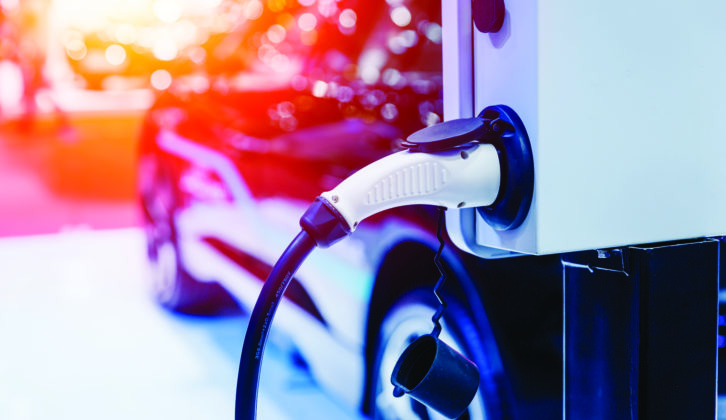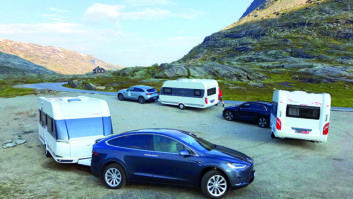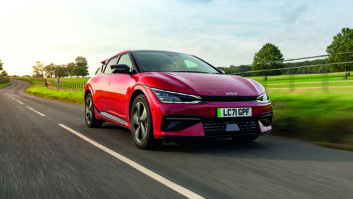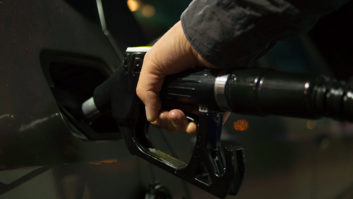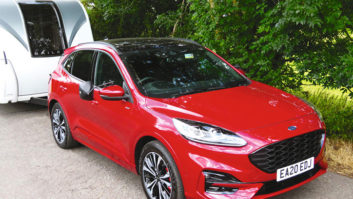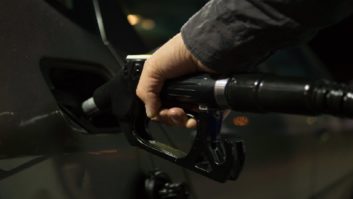Plug-in hybrids promise to combine towing ability with fuel economy, but are they really as clean as they seem?
Choosing a tow car has never been more complicated. Not so long ago, you might have been pondering the merits of petrol versus diesel, and manual or automatic gearboxes.
Now there are hybrids, mild hybrids, and plug-in hybrids, as well as cars powered by an internal combustion engine alone. Even some pure-electric cars can tow, although those with high enough towing limits to be practical for towing a caravan tend to be prohibitively expensive.
Of all these types of powertrain, arguably the plug-in hybrid electric vehicle (PHEV) shows the most promise. Prices tend to be more affordable than the cost of pure-electric vehicles, and kerbweights and towing limits are often high enough to make suitable matches for ‘proper’ caravans.
The environmental credentials are set out by exceptional economy and low emissions. Take the BMW 330e Touring as an example. The official fuel economy is 176.6-201.8mpg, and CO2 emissions are just 32-37g/km. That compares with 53.3-57.6mpg and 129-139g/km of CO2 in a diesel.
The PHEV has a 1500kg towing limit rather than the 1800kg for the diesel, but even the lower maximum of the 330e is sufficient to make many family four-berths legal matches, and the PHEV has a higher kerbweight than the diesel.
So on the face of it, the PHEV is by far the greener choice for a caravanner looking for excellent economy and low emissions.
Real-world results
The reality, however, is not quite so clear-cut. Of all the ways of powering a modern car, none delivers such widely varying real-world results as the PHEV.
Cynics might dismiss 200mpg as a fantasy economy figure which typical owners will never achieve, but in fact, some drivers may do considerably better. Let’s say that you commute 10 miles each way during the week, and have off-street parking and a home charger. At the weekend you might nip into town for a bit of shopping, but you mostly stay local and sometimes don’t take the car out.
The BWM 33e Touring has an official all-electric range of 34.8-37.3 miles. Let’s be cautious and say that 25 miles each charge is achievable. An owner who rarely makes long journeys could conceivably go for weeks without filling up, travelling hundreds of miles without using a drop of fuel.
On the other hand, let’s say someone has no off-street parking, and there are no chargers at their workplace. They have the best of intentions to recharge using the public charging network, but in practice, often don’t find the time.
As the battery is usually at a low state of charge, they are carrying around the weight of a heavy battery pack with little benefit. This type of driver will never get close to 200mpg. Tim Dickson is the founder of Ecomore, a driver training and consultancy company. He believes PHEVs have their place, but will suit some drivers and not others. “You have to start every journey with a full battery,” he says.
Company car drivers might be tempted to choose a PHEV because they attract lower benefit-in-kind tax bills than petrols or diesels, but it doesn’t follow that they are an environmentally sound choice unless they are regularly charged. “People look at their tax bill, which is completely the wrong perspective,” he adds.
For a short-journey driver with access to daily charging, a petrol or diesel car will cost more to fuel and emit more than a PHEV. But while the economy of an internal combustion engine with vary, depending on the type of journey, the peaks and troughs in fuel economy are nothing like as steep as a PHEV’s.
This subject has been closely investigated by Emissions Analytics, a specialist in independent emissions testing. The company has calculated that a PHEV needs to run on battery power for around 80% of the time to achieve CO2 emissions consistent with the official test results. According to the International Council on Clean Transportation, the proportion of PHEV mileage travelled on battery power is closer to 37%.
Towing with a PHEV
Back in 2019, we put five cars through an economy test at the Tow Car Awards – three diesels, one petrol and one PHEV. Each car drove for an hour on the test track’s two-mile long straights, at 60mph on the straights and 40mph on the connecting bends.
The cars towed caravans weighing 85% of their kerbweight, or in the case of the PHEV, a van weighted to its legal towing limit (less than the 85% figure). The tanks of each car were brimmed before and after the test, and the PHEV started with a full battery.
Despite starting out fully charged, the PHEV (a Mitsubishi Outlander) returned the worst economy of the five, achieving 23.4mpg. The best diesel returned 33mpg.
More recently, however, we’ve started to see better economy figures from some of the PHEVs we’ve tested. When towing a 1450kg caravan, a VW Passat GTE returned 29.3mpg over 73 miles, starting with the batteries at full charge. That compares well with the 28.4mpg we achieved with a diesel Passat Alltrack on the same route and a similar van, although it’s reasonable to assume the Passat GTE’s economy would worsen on a longer trip.
So which is cleaner, a PHEV or a diesel?
This question is more complicated than you might think, especially if you consider NOx and particulate emissions, as well as CO2, which we have barely touched upon here.
Judged purely as tow cars, a good turbodiesel will deliver better fuel economy and emit less CO2 than a PHEV on a long journey. On shorter trips, with the hybrid starting with a full battery, the two types of car will be more evenly matched.
Even the keenest caravanner is likely to cover far more miles without a caravan in tow. If those journeys are short, and the driver can recharge often from renewable energy, a PHEV can be a very green and eco-friendly choice. But for long journeys, especially without regular recharging, the advantage swings back towards the diesel tow car.
PHEV
- Can run with no exhaust emissions on short journeys
- Cheap tax for company car drivers
- Uses more fuel and emits more CO2 than diesel while towing a caravan
- Inefficient unless vehicle is regularly charged
Diesel
- More consistent fuel economy across a wide range of journeys
- Modern diesels emit less NOx and particulates than older vehicles
- Not as clean as PHEV
- Higher car tax and company car tax bills
